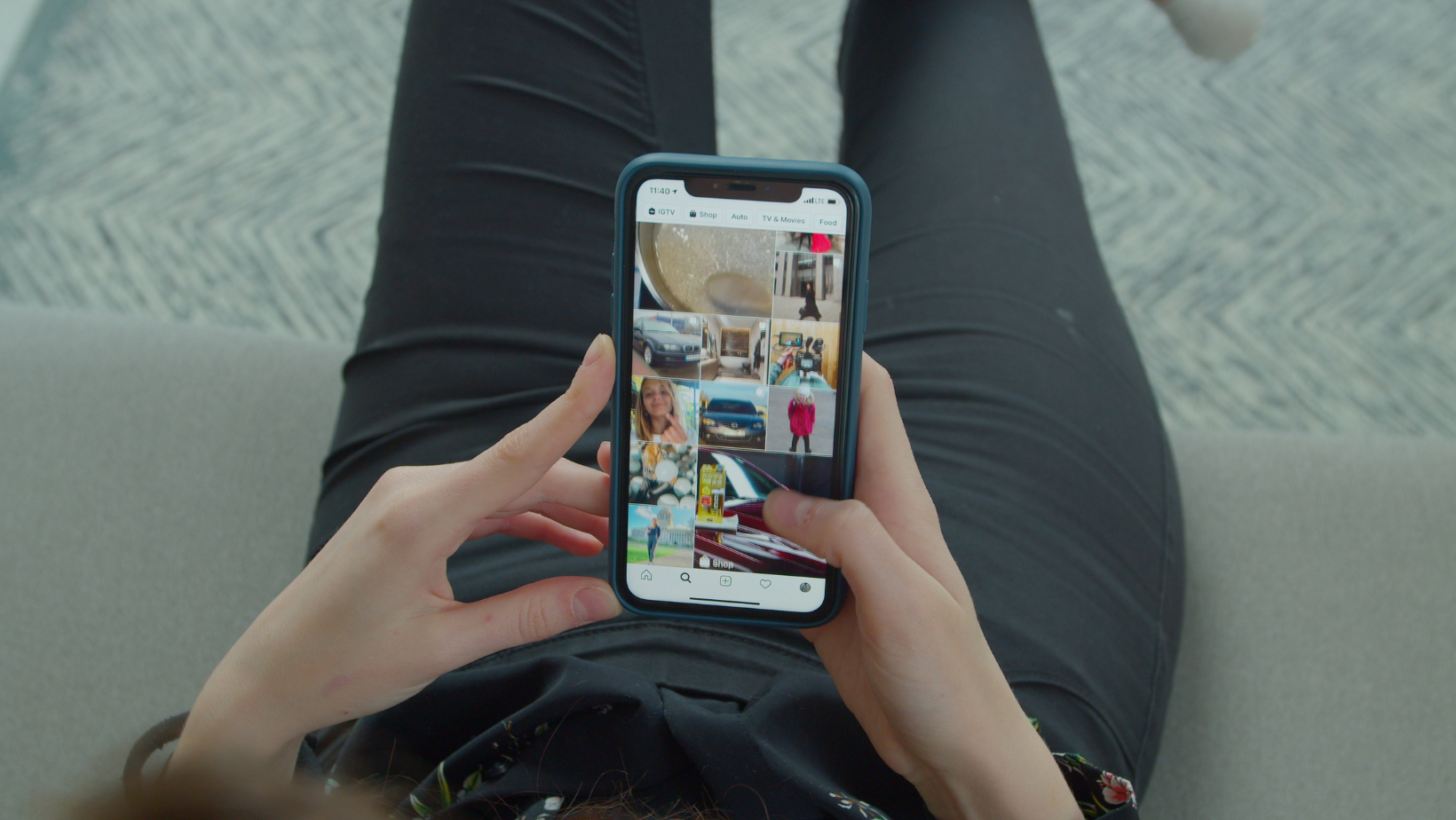The leading FMCG brands are thriving; here’s our thoughts on ‘why?’
Like many, I have found myself looking for positive stories as COVID-19 continues to unfold. While many companies are suffering and facing an uncertain future, there are others that are experiencing growth: namely those within the Fast-Moving Consumer Goods (FMCG) sector. Some factors driving this are quite clear (e.g. pantry-loading, stockpiling and new at-home consumption behaviours). But additionally, there is evidence to suggest that brands that entered the crisis in a leading position are most likely to be experiencing growth during the crisis. This article aims to unpack the factors influencing these brands’ success.
For FMCG players, it’s a boom!

Overall, spend on FMCG has experienced a staggering growth. According to Nielsen, in-store sales for FMCG have increased +45% and online sales have increased +91% (YoY in the USA).
Some FMCG companies are not just surviving, they are thriving. Kraft Heinz has reported better-than-expected Q1 financial results while Proctor & Gamble sales in the USA have surged. And although Unilever announced relatively flat sales for Q1 2020, due, in part, to a slump in personal care sales; many companies would take this (achieving flat sales during a crisis) a positive result.
For Brands…nothing succeeds like success
We are seeing a compelling trend that brands with a leading share position (pre-COVID) are experiencing the most growth. According to Kantar, “71% of the #1 UK FMCG brands have gained share” in March 2020. (source: Kantar, FMCG Panel UK, 22nd March 2020).

In the UK, brands like Dettol, Walkers, Heinz and Hellmann’s have experienced a gain in market share (see above). For these brands, the size of the pie is increasing, and their share of the pie is also increasing. It’s a win-win for big/leading brands.

It may seem obvious that big brands are better placed to benefit from this surge in shopper demand. Key factors like advertising spend, distribution and shelf presence are playing critical factors here. But additionally, here are 3 branding-specific factors to consider…
#1. An emotional antidote
At Hotspex, we have been tracking the emotionality of COVID-19 since March and we see unprecedented levels of worry, stress and helplessness. Our emotional map (below) reveals a near-absence of core positive emotions (which typically appear at the centre of the map).

Our research (fieldwork by Dynata) also reveals that consumers are looking to brands to help reinforce those missing core emotions and provide a sense of safety and security. It’s not surprising that large established brands are offering a sense of relief by evoking core emotions such as Trust and Familiarity.
Leading brands (e.g. Heinz, Hellman’s, Walkers) are connecting with consumers at a core emotional-level, which in-turn is helping contribute to their growth in share.
#2. Loss aversion

It is our belief also that given consumers’ weary state of mind, they are more inclined to be purchasing “tried and tested” brands. This observation, rooted in loss aversion, is being outlined by many as a “new normal”. For example, Accenture says “the familiar will be more valuable” (source: COVID-19: 5 new human truths that experiences need to address, April 2020)
Consumers are less likely to take a risk on an unproven brand when in this mindset.
3. Automatic behaviours

In general (and prior to COVID-19), we know that shoppers’ decision-making process in-store is quick and driven by non-conscious automatic behaviours. This results in a tendency to make familiar choices, as shoppers tend to default to a ‘typical’ pattern of brand choice. We know from Thinking Fast and Slow that the non-conscious (system 1) is a powerful, albeit error-prone, driver behind decision-making. Amid COVID-19, it’s our belief that this tendency toward familiar choices is even more pronounced.
Furthermore, a new set of automatic behaviours are emerging given that grocery shopping is no longer seen as safe. This is a reflection of the Behavioural Immune System, whereby people naturally adapt behaviour in effort to avoid infectious disease in their environments. In the context of grocery, shoppers are feeling immense pressure to get in & out. When confronted with a purchase decision, consumers will either quickly grab their usual or quickly choose an alternative. When you combine that with the potential for scarcity bias (e.g. bathroom tissue stock-outs), then you have shoppers feeling even more pressure to make quick decisions.
Because of this, shoppers are less likely explore and discover new brands and products. Instead, today’s shopper, we believe, is hyper-focused, relying more on fast, instinctive, and emotional decision making.
The mental shortcuts established by leading brands are resulting in strong advantage in context of quick / focused shopping.
So What?...
Prioritize brand building: investing in brand is now more important than ever. FMCG leaders like P&G are demonstrating this clearly by “moving forward, not backward” as evidenced by their decision to double-down on advertising & media spend.
Optimize in-store (and online) presence: now is the time to assess how your brand is performing in-store (and online) vs. the competition. Is your packaging, brand block and in-store promotions designed to take advantage of OR disrupt shoppers’ automatic behaviours?

Be Distinct: if you’re an established brand OR a fledgling one, ensuring distinctiveness will always be key to connecting with consumers. We see leading brands offering an emotional antidote to wide-spread feelings of stress and uncertainty. Think about which core positive emotions your brand stands for and your brand can truly own…and double down.
If you have any questions, reach out to me at Michael.Dorr@hotspex.com...and for more about Hotspex visit our website: www.hotspex.com.







